Why Orchids Belong in an Art Museum
Washington’s much-anticipated annual flower show moves to the Hirshhorn for the flora that loves to perform
For more than 20 years the Smithsonian Gardens annual winter orchid show has usually alternated between the Smithsonian’s National Museum of Natural History and the U.S. Botanic Garden, which collaborates on the event.
This year, the annual winter show of tropical color is being staged at an art museum.
Art and sculpture have long depicted the ornate, exotic petals of the orchid, dating back to the ancient Greek and Chinese. But the show titled “orchids: A MOMENT” with its odd capitalization, is instead inside the distinctive rounded walls of Washington, D.C.’s home for cutting edge contemporary art, the Hirshhorn Museum and Sculpture Garden.
On a 14-foot shelf installed along the concave curve of the interior lobby glass, up to 100 plants display the dizzying variety of orchid species and hybrids.
Like some of the art found in the two floors above, there are bursts of color in the display, surprises in juxtaposition and the repetition of kaleidoscopic patterns and textures. It is also, like some pieces of contemporary art, entirely ephemeral. Blooms fade, so fully 40 percent of the plants are replaced each week. Before it ends in May, an estimated 1,000 plants will be used.
As the plants slowly evolve before our eyes (sped up in three accompanying screens of slow motion action), it’s tempting to think of it all as performance art.
But if orchid fans find the Hirshhorn an usual place for their beloved show, museum director Melissa Chiu thinks it’s a fine fit.
“The Hirshhorn’s unique modernist architecture offers a striking backdrop for the orchids’ brilliant color,” Chiu says. “When presented in such an intricate and unexpected installation, they set a tone for the rest of your visit, hinting you’re about to be transported somewhere extraordinary.”
The January opening of “orchids: A MOMENT” came between two major exhibitions at the Hirshhorn that contained similar elements. The first U.S. museum retrospective of Icelandic performance artist Ragnar Kjartansson featured a woman strumming an E minor guitar on a revolving platform behind a glitter curtain (the performers had to be switched out every 2 1/2 hours).
The anticipated Yayoi Kusama: Infinity Mirrors exhibition that opens February 23 will involve environmental installations and organic repetitions of items such as pumpkins. It’s expected to be so popular, there will be timed entry passes and lines in the lobby.
“How wonderful to have these beautiful plants for people to see and enjoy while they’re waiting to go into the Kusama exhibit,” says Tom Mirenda, the Smithsonian Orchid Collection specialist, who has been planning the show for a year.
“This is a real departure for us,” says Mirenda. But he adds, “I love the contrast of the worldly world of plants with these other-worldly plants that Kusama is going to feature.”
The annual orchid show was extended a month longer than normal, through May 14, to coincide with the Kusama show.
Before that opens, visitors will find only a couple of echoes of the orchids in the museum, though there are flowers in say, Horace Pippin’s 1945 folk art painting Holy Mountain III. The spots of color in a 1958 Alexander Calder tabletop sculpture 29 Discs might bring to mind the tiny bursts of the Cattlianthe Blazing Treat. The extending proboscis of Alberto Giacometti’s Nose may recall the organic extensions of the Dendrochilum wenzelii.
There is one piece of video art in the Suspended Animation show currently on view through March 12, entitled Orchids, or a Hemispherical Bottom. The 19-minute video by British artist Helen Marten eventually shows, among its many artifacts, an orchid placed on the hindquarters of a computer generated figure.
“You wonder how much overlap there is between natural history and a modern art museum like the Hirshhorn, so this allows us to sort of explore that,” Mirenda says. “And who knows? Maybe we’ll turn on some new people to orchids. Maybe we’ll turn orchid people on to modern art.
Even so: “It’s taking us a little bit outside our comfort zone in terms of how we exhibit orchids,” he says. “We decided to go with a completely different aesthetic and idea. Basically, we’re presenting the orchids as art objects rather than as these wild untamed things, and talking about their biology and how they interact with pollinators, and things like that.”
Indeed, there aren’t even labels on the plants—though representatives from Smithsonian Gardens are on hand to interpret and answer questions. In addition, a changing grid at a website will show which species is in which cubby hole at any given time.
Because 40 percent of the plants have to be subbed out each week, it may be necessary to keep up. But it also provides a bit of a chore for people like Smithsonian Gardens horticulturist Melanie Pyle, who must find the right sized-cubby for the right sized plants each week, and then move them around to make sure they work well together. It’s like a puzzle, she says. Plus they have to keep in mind what’s blooming.
“The reason why the orchid show is at the time of year that it is because this is when the largest number of plants are in bloom,” Pyle says. “With that comes the timing of certain individual species. For example, one variety of orchids will be in bloom this week, and then next week they won’t. And then the next Friday, another variety of orchids will be in bloom. So you are trying to represent the wide variety of the orchid family. But some weeks, we’ll have a larger numbers of one, like more phalaenopsis this week, and then next week you won’t have so much; you might find more lady slipper orchids.
“So that always comes into consideration: how to spread them out throughout the exhibit so they’re not all located in one area, and you’re not just showing that variety of orchids, you’re trying to get as many different plants in there as possible.”
The Smithsonian Orchid Collection, housed in Suitland, Maryland, grew from five plants in 1974 to close to 8,000 plants. Still, its holdings may be exhausted by the end of the exhibit.
Not every kind of orchid will be represented either. “There are over 25,000 species of orchids, and probably 10 times the amount of hybrids,” Mirenda says. “The hybrids tend to be longer lasting, because they’re just stronger, and have more vigor.”
The lobby wasn’t thought to be an optimum place for a flower display—the two entry doors let in cold air regularly. “But we actually tested the winter before and took temperature readings where we knew the plants would be, and realized it wasn’t going to be an issue for the plants,” he says.
A bigger issue is humidity, which is usually kept low at museums to protect the art work.
“But everyday, horticulturists mist the plants and make sure that they’re happy,” Mirenda says. “If they’re not doing well, we take them out as soon as we discern that.”
And in placement, there’s yet another consideration rather than how it appears. “We try and place the orchids that are fragrant at eye levels or below so people can actually smell them,” Pyle says. Such proximity wasn’t always available at the Natural History museum, where the flowers would often be behind barriers.
But at the Hirshhorn, she says, another art museum taboo has been broken. “We don’t really mind too much if they touch them, as long as they’re not pulling them off the shelf.”
orchids: A Moment continues through May 15 at the Hirshhorn Museum and Sculpture Garden in Washington, D.C.
/https://tf-cmsv2-smithsonianmag-media.s3.amazonaws.com/accounts/headshot/RogerCatlin_thumbnail.png)
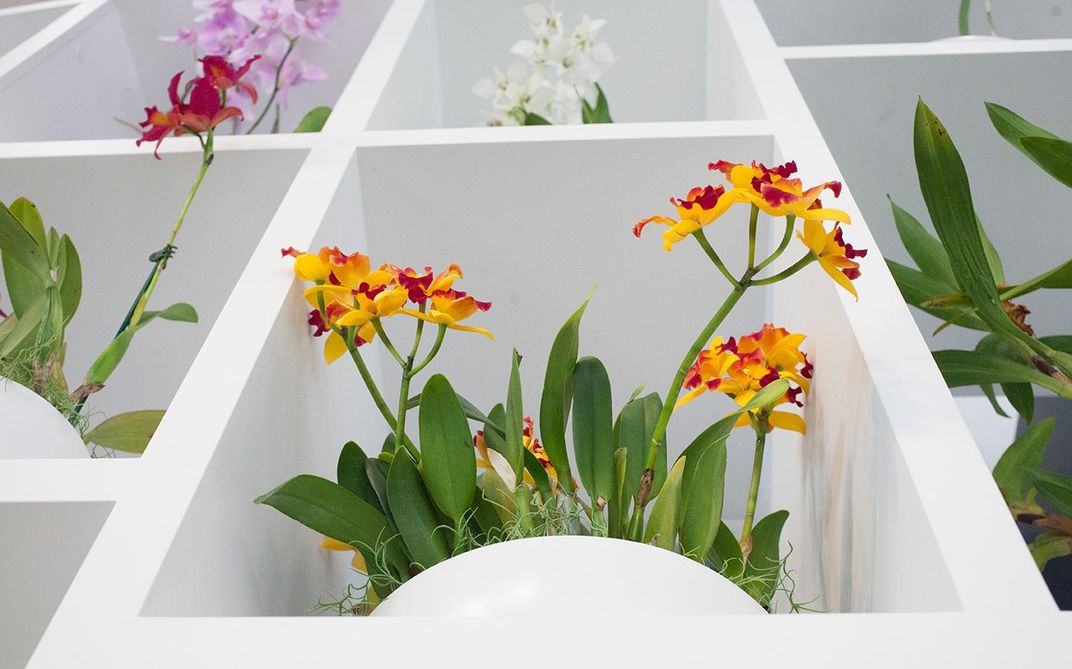
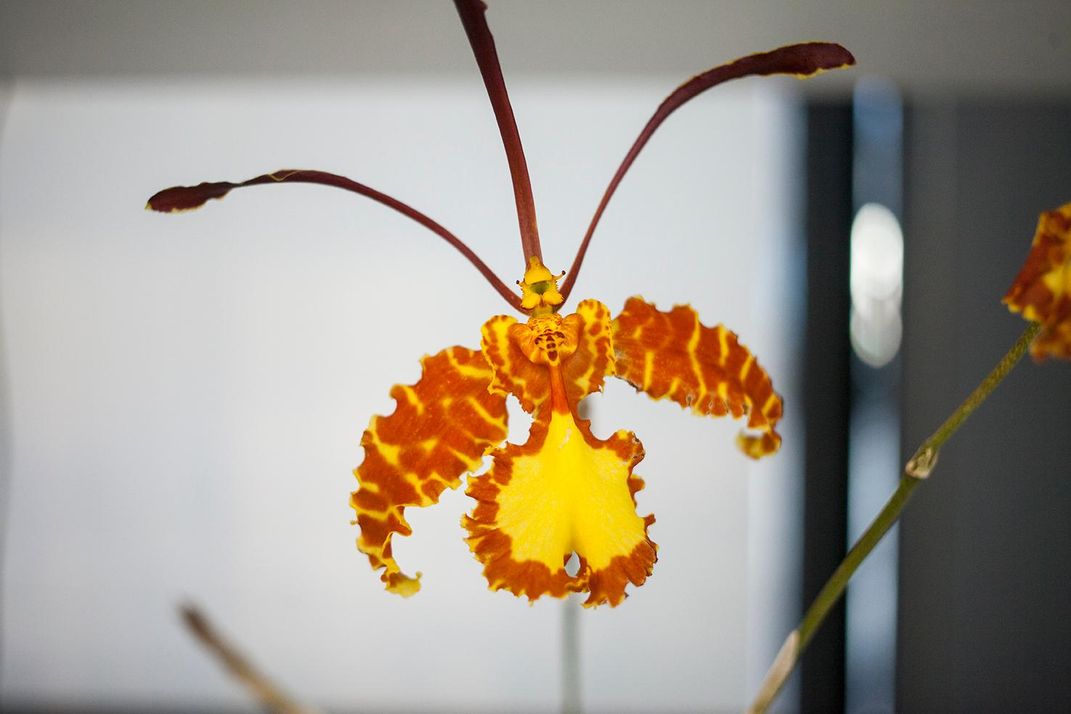
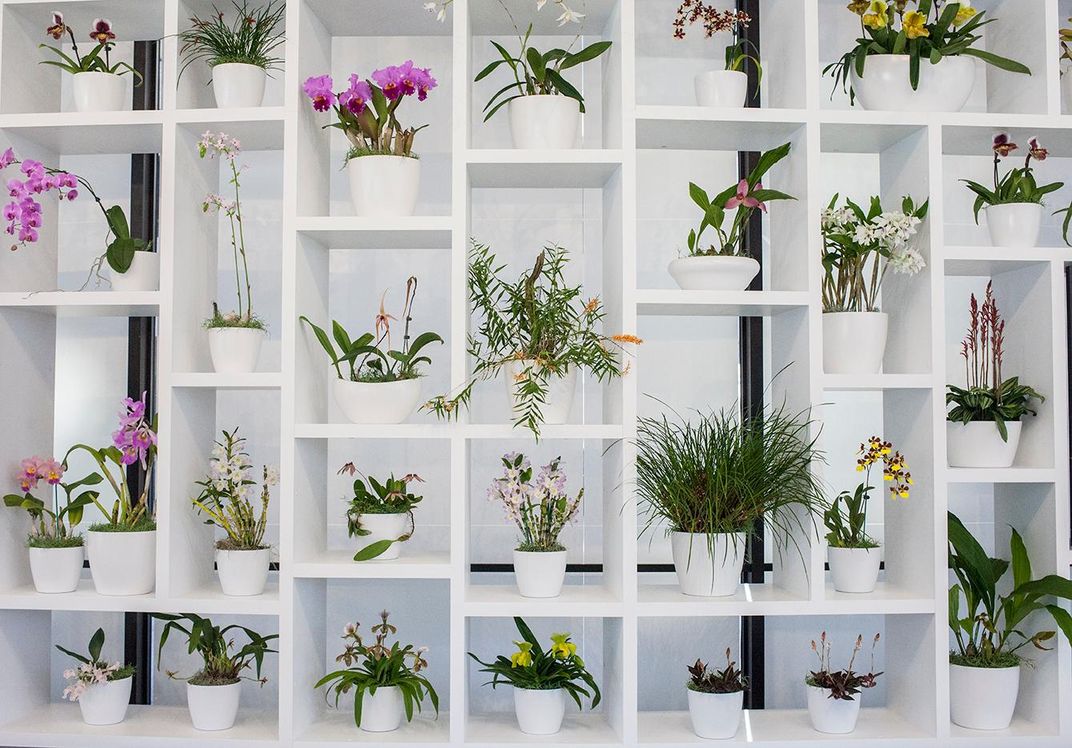
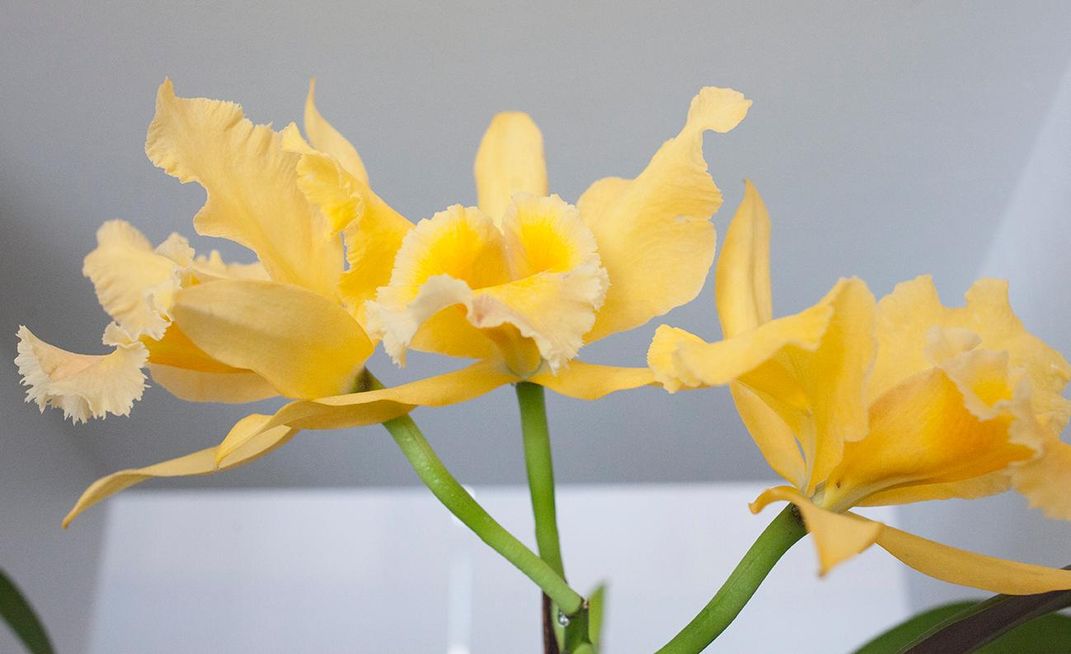
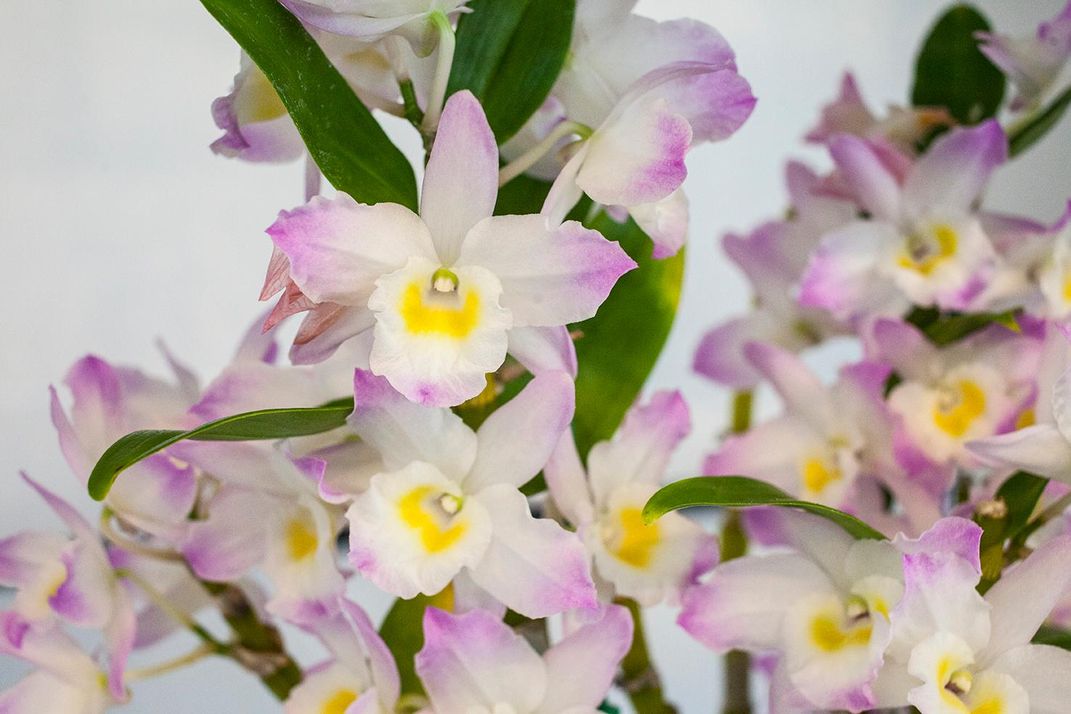
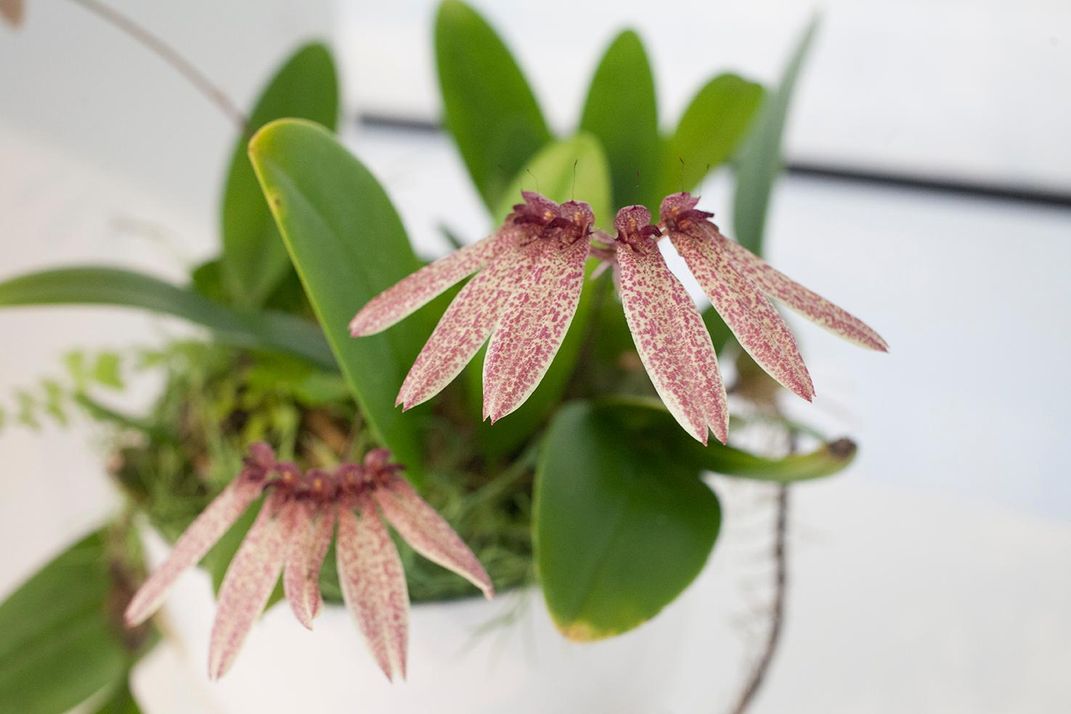
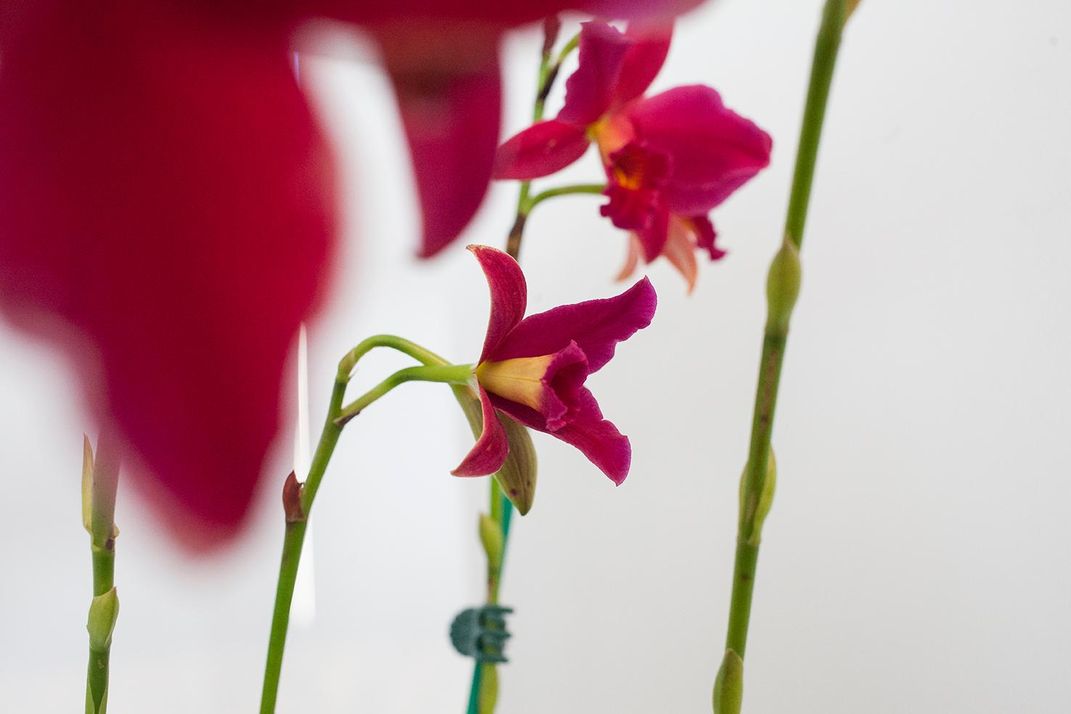
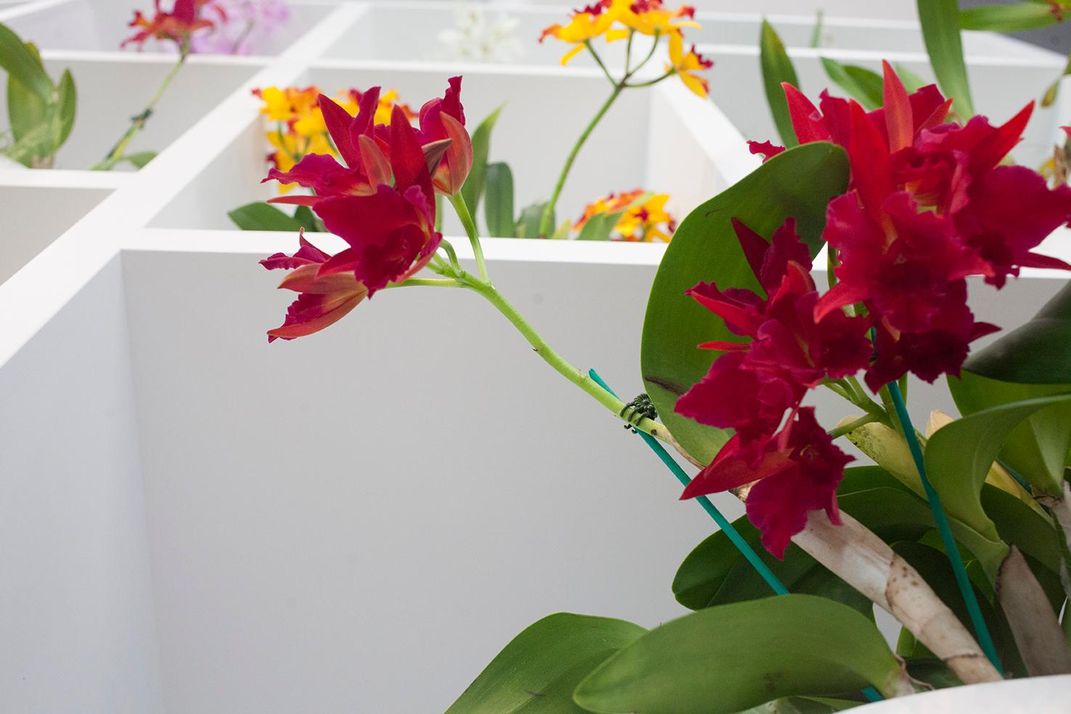
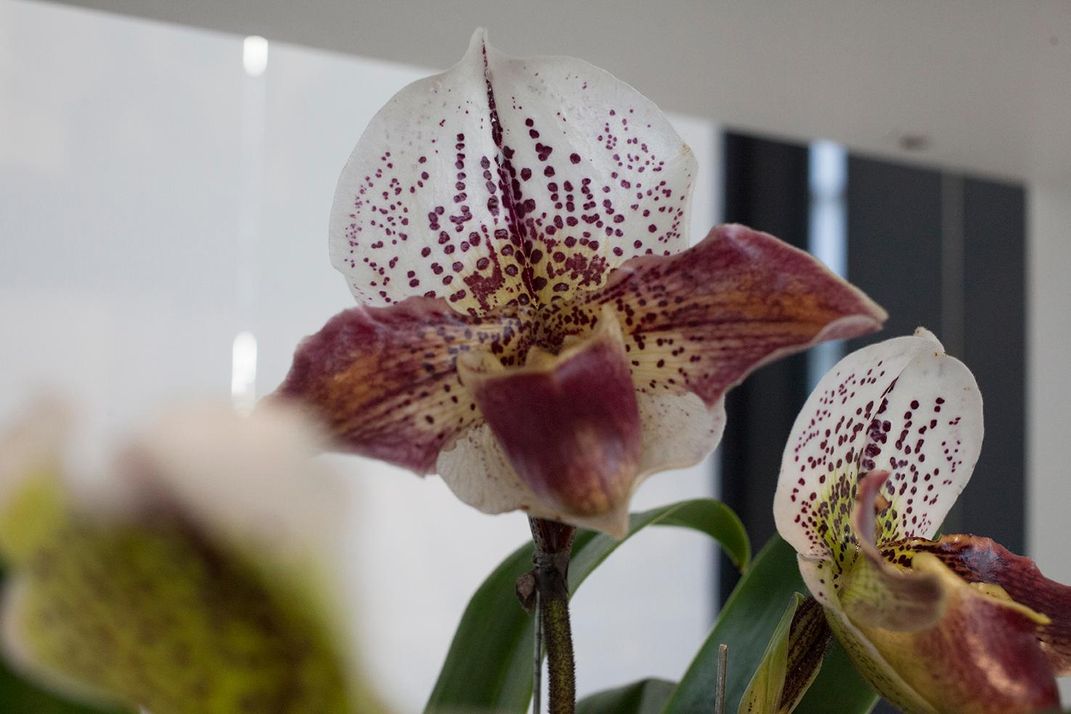
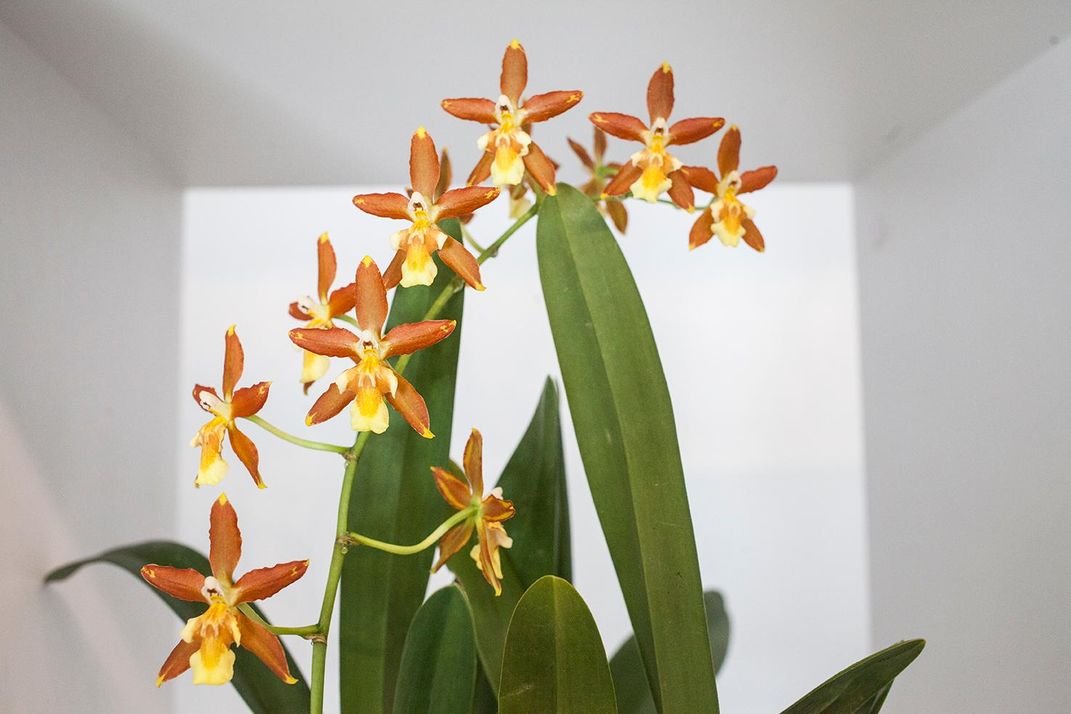
/https://tf-cmsv2-smithsonianmag-media.s3.amazonaws.com/accounts/headshot/RogerCatlin_thumbnail.png)